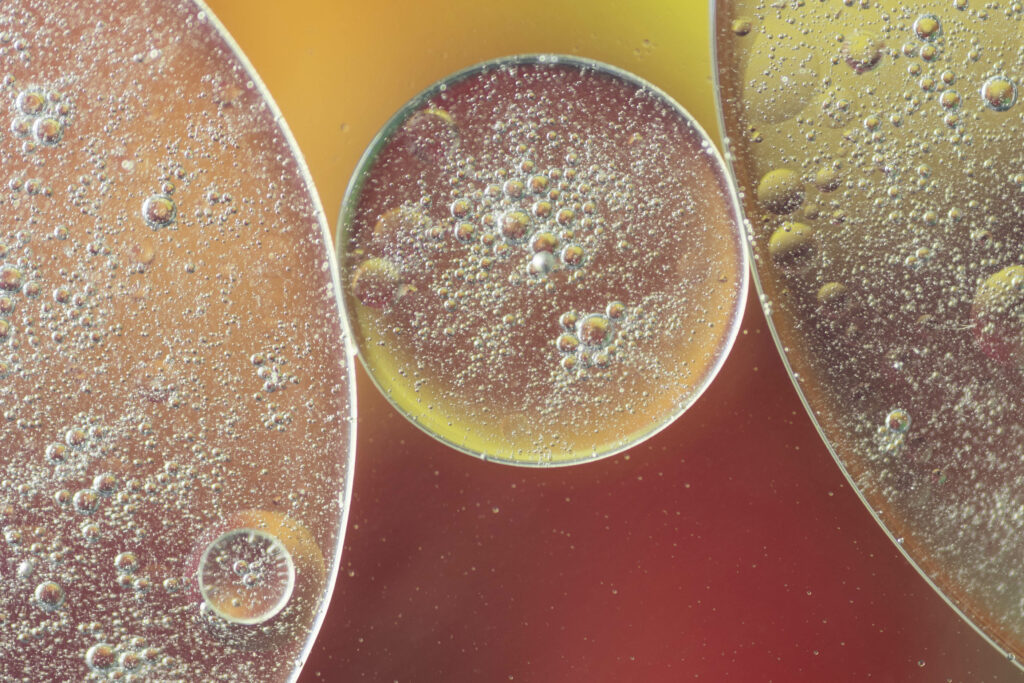PFAS (perfluoroalkyl and polyfluoroalkyl substances) are a group of synthetic chemical compounds used in a wide range of industrial and consumer products, such as kitchen tools, non-stick cookware coatings, food containers, leather, carpets, paints, cleaning products, firefighting foams, waterproof materials, and technical clothing.
They are known for their water-repellent, oil-repellent, and stain-resistant properties.
The most commonly used chemicals in this group are perfluorooctanoic acid (PFOA) and perfluorooctane sulfonic acid (PFOS). Used since the 1950s, these substances are resistant to biodegradation (persisting in the environment) and tend to accumulate in organisms (potential toxicity to the health of humans and animals).
PFAS are characterized by high molecular stability, which facilitates their diffusion and persistence in the environment. They can be found in the air, soil, and water, entering ecosystems when improperly or illegally disposed of into water basins. Once they reach water sources, they quickly penetrate groundwater, reach cultivated fields, agricultural products, and ultimately, our tables.
Why They Are Dangerous
- Environmental Persistence: PFAS are highly persistent in the environment and do not easily degrade.
- Bioaccumulation: These substances can accumulate in the tissues of organisms through the food chain, in concentrations higher than those detected in the environment.
- Human Health Effects: PFAS have been linked to various negative health effects, including cancer, fertility issues, thyroid diseases, liver damage, endocrine and immune system disruption, fertility impacts, and an increased risk of cardiovascular diseases.
- Contamination of Water Supplies: PFAS can contaminate water resources, and remediating contaminated sites is technically complex and costly.





